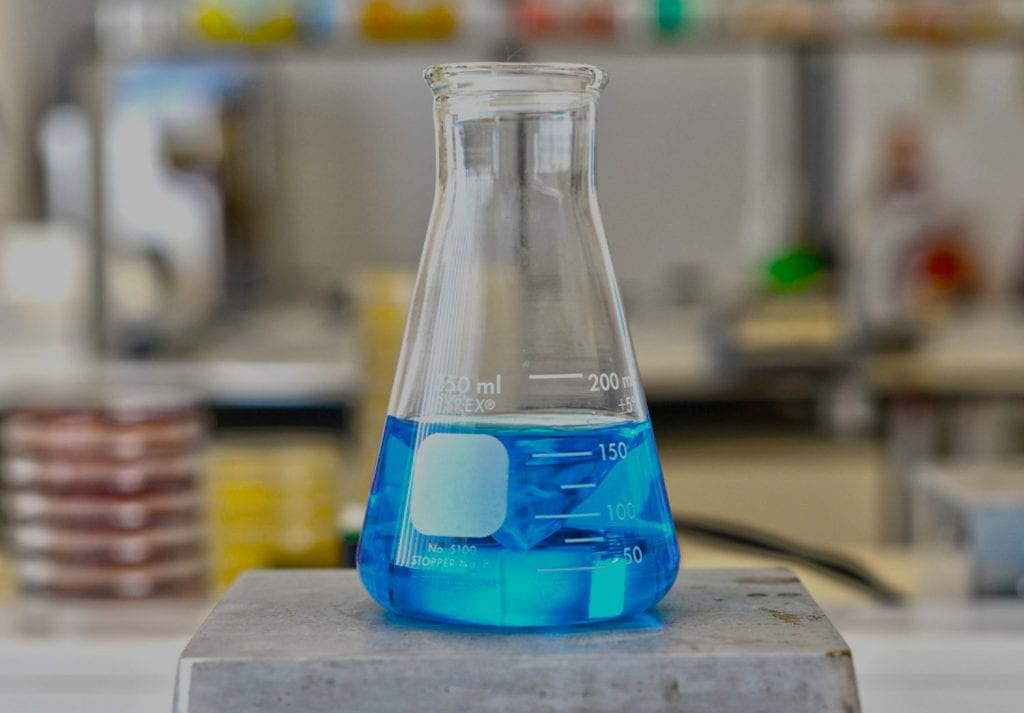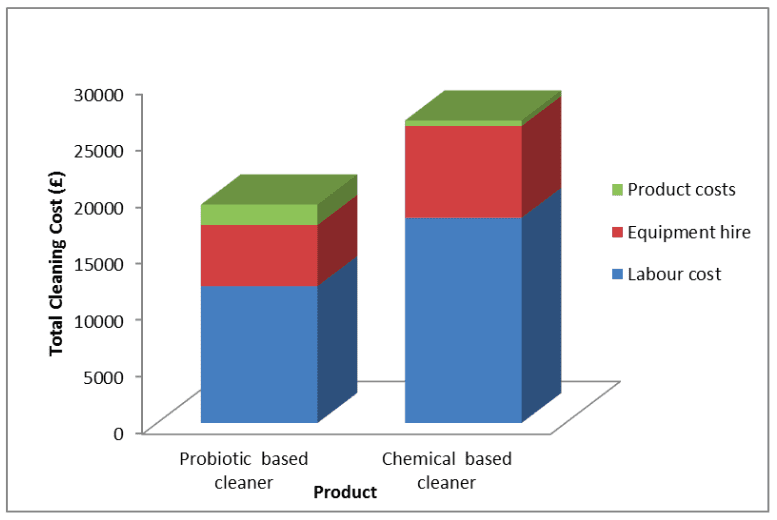
Are companies measuring the cost of cleaning correctly? Why false economies could be costing your business
In the debate between traditional chemical and biological cleaners, product cost per litre or per case is often a decisive factor when choosing between the two.
Biological cleaners tend to be more expensive on a per litre basis due to higher raw material costs. They’re also expensive because the producers are often smaller companies who don’t enjoy the same economies of scale as the mainstream producers.
To many in the facilities management industry, biological cleaners appear to deliver poor value compared to their chemical counterparts. But are companies measuring the costs of cleaning correctly? It’s an important question, especially for cleaning contractors on slim margins who are tasked with purchasing the cleaning products and applying them.
Dr Emma Saunders, General Manager at Genesis Biosciences, explains why biological cleaners can be a cost-effective alternative for the facilities management industry when looking at the bigger picture.
What are biological cleaners?
In short, a good biological cleaner contains active bacteria, in spore form, which support or augment the cleaning action the product is trying to fulfil. The live bacteria in the products provide a very distinct advantage compared with traditional chemical cleaners, as they remain in the application area after the cleaning process, continually breaking down the soiling.
Why are biological cleaners cost-effective?
When looking at the complete picture, biological cleaners can provide a much larger return on investment than traditional chemical cleaners, because they can reduce labour costs and protect assets and infrastructure.
The drawback with most chemical products is that they only work during the few seconds of cleaning and, once cleaned, the area immediately starts to become soiled again, meaning it needs to be cleaned more frequently, leading to higher labour costs.
A key difference is that the use of biological products leaves active bacteria in the application area. For an extended period after the initial clean, the bacteria continue to break down soiling; getting deep down in surfaces like fabrics, flooring and grout to offer greater dirt removal and provide ongoing protection against further dirt.
The active bacteria create a more sustained clean environment with longer lasting product action, a reduction in offensive odours and less need for repeat cleaning as the bacteria continue breaking down substrate.
The biological action can have a substantial effect on the labour required to keep an area clean and our own findings have shown overall cost savings of up to 28% for contractors when using a biological formulation, as shown in the graph.


The gentle nature of the biological action also plays an important role in asset and infrastructure protection.
Stronger chemical cleaners which have harmful pH extremes and require physical deep cleaning methods can be extremely damaging to surfaces and fixtures. The damage caused actually encourages re-soiling and can be extremely expensive to fix.
Because of the natural residual beneficial bacteria in the biological cleaners, there is less need for harsh chemicals or physical methods. This helps in the medium and long-term to preserve asset value, and reduce the impact of damage to hard surfaces and fixtures.
Why the facilities management industry needs to re-evaluate cost
Quite rightly, product cost per litre is an important consideration in the facilities management industry, but it shouldn’t be the final decider for contractors.
With a long-term outlook, using biological cleaners can drastically reduce ongoing costs for contactors and the products also provide a number of cleaning benefits over their chemical counterparts.
In summary, taking a short-term approach to measuring costs could be costing your business in the long-term.
To find out more about Genesis Biosciences, visit our About page.
If you liked this article, read a few more recent ones below:
- Probiotic cleaners VS chemical cleaners: which is best?
- Staff Profile: Emma Saunders
- Why misleading disinfectant claims can harm you
- 9 things you didn’t know about feminine hygiene bins
If you’d like news from Genesis Biosciences delivered straight to your inbox, sign up to our regular newsletter.


